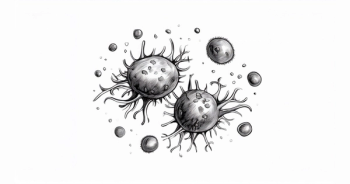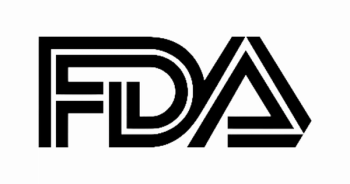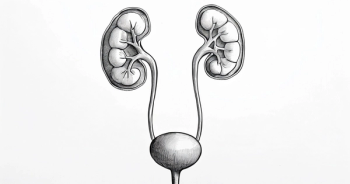
EXCEED-ET Study Evaluates Ropeginterferon alfa-2b-njf in ET
Lucia Masarova, MD, PhD, discusses the rationale of the EXCEED-ET study of ropeginterferon alfa-2b-njf for patients with essential thrombocytopenia.
Lucia Masarova, MD, PhD, assistant professor, Department of Leukemia, Division of Cancer Medicine, The University of Texas MD Anderson Cancer Center, discusses the rationale of the EXCEED-ET study (NCT05482971) of ropeginterferon alfa-2b-njf (Besremi) for patients with essential thrombocytopenia (ET).
Transcription:
0:10 | The EXCEED-ET study is getting the ropeginterferon, which is the novel interferon into the space of ET. It is phase 1/2 study that gets the novel ropeginterferon in patients in North America. The patients are hydroxyurea-refractory or hydroxyurea-naive. Patients that have ET platelets over 450,000 need the therapy with some symptoms, and do not have a contraindication for interferons, which also had to be mentioned that the drugs could not be used in patients that have previous autoimmune disease, psychiatric diseases, or neurological because it could aggravate their symptoms.
0:51 | But those patients, if they would be eligible, they could be getting the full access to the drug. Also, with patients with ET, the escalation is going to be a lot faster to 250 micrograms, every other week, 350, and then 500 is the maximum dose that has been explored. However, I have to say the approval of ropeginterferon for PV had even higher dose, and the maximum-tolerated dose was not reached. This is a perfectly safe dose that we have patients on. We're going to see how it's going to do in ET patients.
1:25 | There is a core treatment period, which continues after the 4 weeks of escalation of up to 56 weeks. The patients will be dosed every other week with a tolerable dose. We will be monitoring the primary end points of durability of control, hematologic control, platelets less than 450, white cells less than 10. That will basically sustain 80% of 36 consecutive weeks. Then, the key secondary end points are going to include all important end points in ET patients, such as complete hematologic response, composite hematologic response, that includes control of spleen, control of symptoms, absence of disease progression, and absence of thromboembolic events. Then, it's going to also have this exciting end point, which is basically a decline or allele burden. We’ll be checking the allo burden, what we call the molecular response, and then bone marrow morphology response.









































